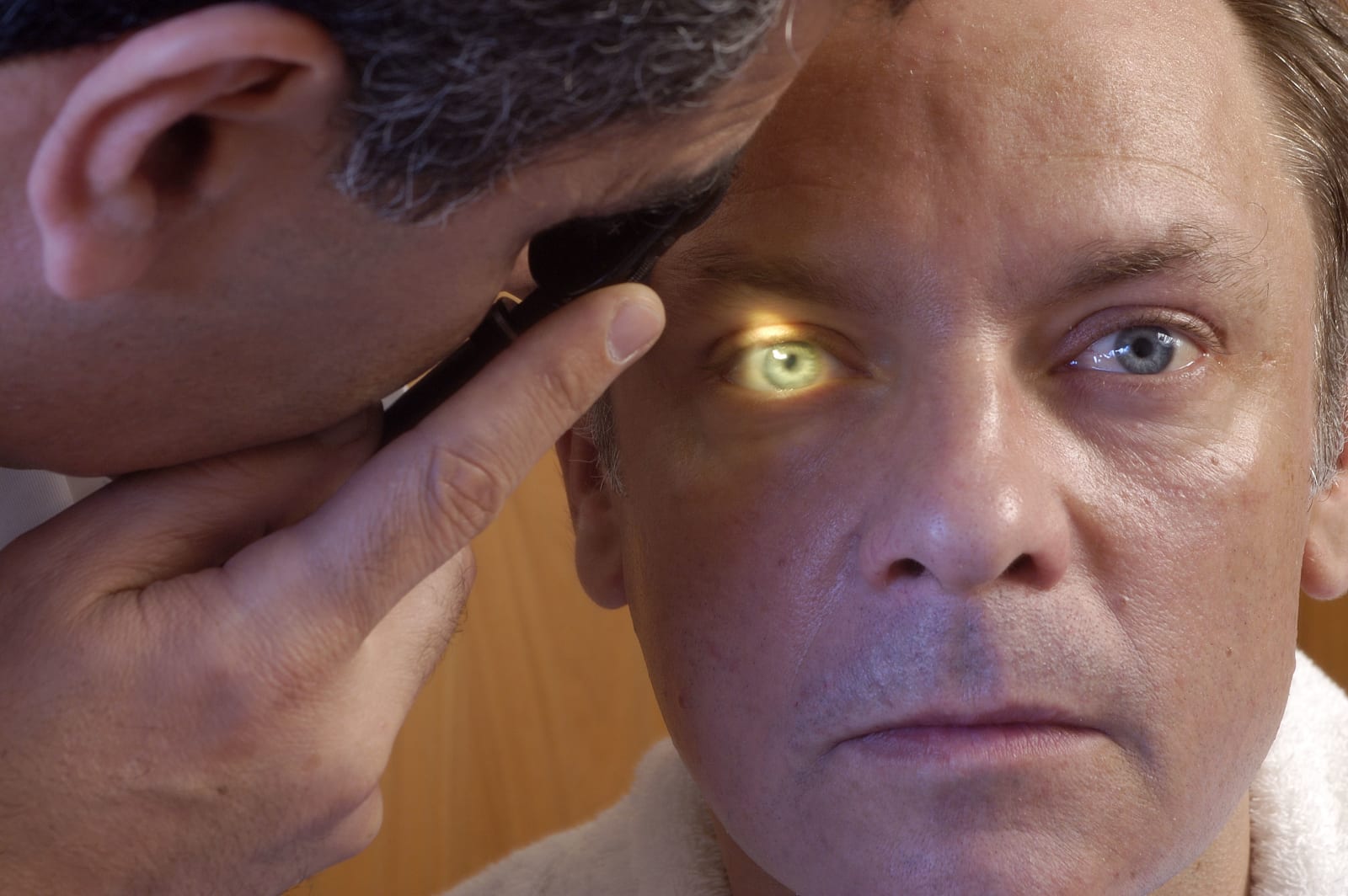
There's been significant progress in bringing sight to the blind in recent years, and this looks set to continue that miraculous trend. Scientists at Stanford University have invented a subretinal photodiode implant for people who have lost their vision due to degenerative retinal diseases. Existing tech involves batteries and wires, but the new implant works without such crude appendages. Instead, it's activated by near-infrared beams projected by a camera that's mounted on glasses worn by the patient. Those beams then stimulate the optice nerve to allow light perception, motion detection and even basic shape awareness. The glasses also have an onboard camera that records what the patient sees. It hasn't actually been tested with humans just yet, but the first few rodents volunteers have yet to lodge a single complaint.
Subretinal implant uses light instead of batteries, shows promise in initial testing originally appeared on Engadget on Tue, 15 May 2012 04:32:00 EDT. Please see our terms for use of feeds.
Permalink  BBC News
BBC News |
 Nature Photonics
Nature Photonics |
Email this |
Comments
 Scientists have been struggling to fight retinal degeneration in an elegant way. The most practical solution so far involves external devices that send wires to the back of your eyes. There might be a much more graceful approach before long, however....
Scientists have been struggling to fight retinal degeneration in an elegant way. The most practical solution so far involves external devices that send wires to the back of your eyes. There might be a much more graceful approach before long, however....
 Scientists have been struggling to fight retinal degeneration in an elegant way. The most practical solution so far involves external devices that send wires to the back of your eyes. There might be a much more graceful approach before long, however....
Scientists have been struggling to fight retinal degeneration in an elegant way. The most practical solution so far involves external devices that send wires to the back of your eyes. There might be a much more graceful approach before long, however....


